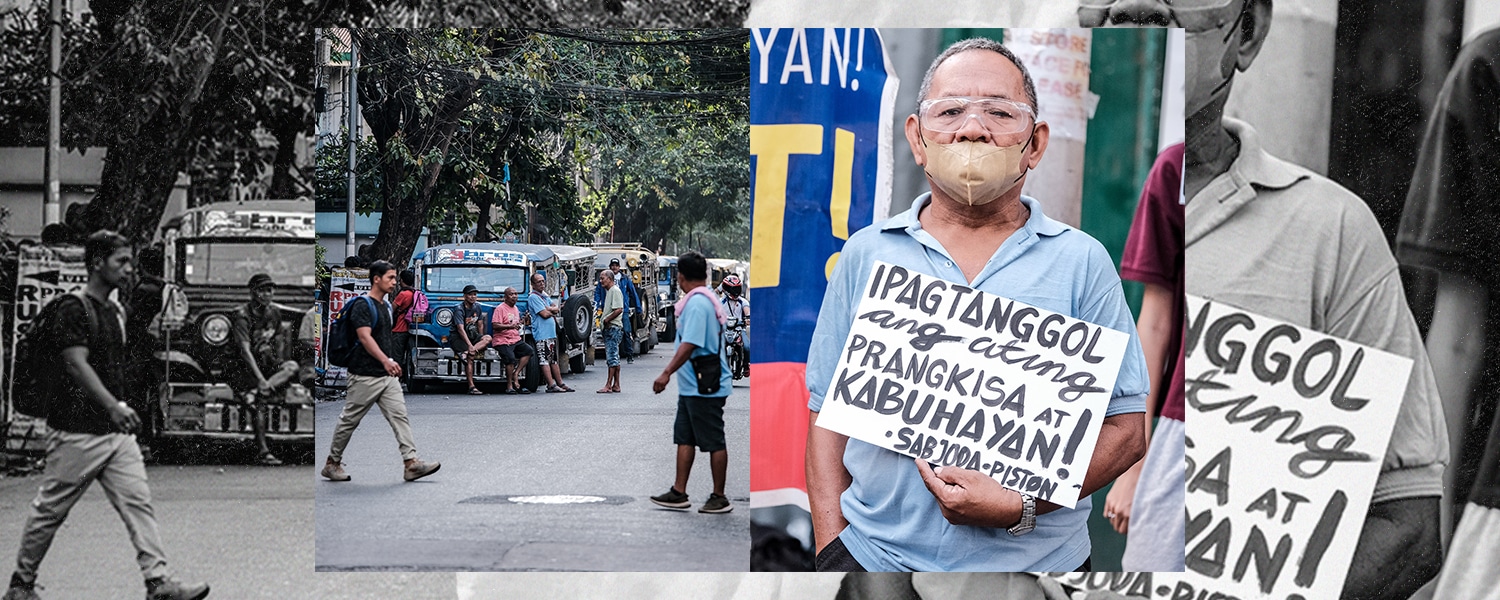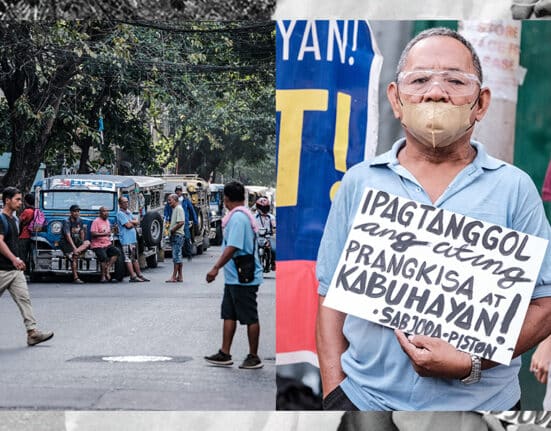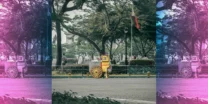AS the transport strike in a number of areas in the Philippines is said to last yet another day, netizens online have started to express their annoyance over the hassle that this has brought upon them.
From an outside perspective, it’s easy to feel annoyed at the given situation. This transport strike has cost people the ability to move freely from place to place, affecting their commutes to school or work greatly.
However, it’s important to note that for the middle and upper class, this is where their involvement with the issue stops. Meanwhile, the jeepney drivers who have chosen to lose a day’s worth of wages, are filled with anger and frustration due to their situation.
If you’re still confused about what the hell is going on, or about what the country’s jeepney drivers are fighting for, here’s a little rundown of the transport strike happening as well as its history thus far.
About the transport strike
The issue started when the government announced in 2017 their plans for PUV modernization. As a part of the PUV Modernization Program, as per the vision of Former President Rodrigo Duterte, jeepneys would then be phased out entirely along with other public transport vehicles like PUBs, mini-buses, UVs, multicabs, taxis, TNVs, and shuttle services.
After these vehicles are phased out, the government then hopes to introduce new vehicles which are more environmentally friendly given that they use different motors/engines as compared to the old models.
It can be noted that older models of PUVs on the streets can be refurbished to still fit into the standards of the government, but this will require a great deal of funds and time to be made possible.
Aside from the phasing out of old PUVs, included in this project is the reorganization of routes, as well as the franchises and roles of the given vehicles. New systems and standards for all vehicles will also be introduced to make for a more modern and well-managed commute, as per the presentation of this program.
The Land Transportation Franchising and Regulatory Board has since noted that it didn’t plan to get rid of the old jeepneys entirely, but rather just upgrade them to make them more environmentally friendly.
The jeepney drivers under PISTON, though, do not feel that this is the case, referring to the program as a massacre of individual franchises that would endanger the jobs of thousands of drivers given that many of them do not have the resources to comply with the so-called forced consolidation to be happening this December 31st.
Here, the LTFRB previously asked jeepney drivers to consolidate into a cooperative or cooperation. Those who would not comply would no longer be able to operate their vehicles come January.
As per a report from Rappler, the chief of Piston has expressed his and his fellow drivers’ discontent with the modernization of their vehicles as well as the formation of cooperatives, because they do not want big businesses to take over their vehicles and franchises.
While promises from President Ferdinand Marcos Jr. have been made with regard to getting to the bottom of this problem and providing support for those in the public transport industry, no such fulfillment of these promises has been made.
The President made mentions of creating a bill that would ensure that there would be a public transport consumers tax to be paid for by the masses, which would thus fund the proposed modernization program of the government. He further stated that he would help to provide proper homes and livelihood programs for jeepney drivers but, again, no follow-up has been made.
For the masses
In this three-day strike, it is important to remember that this is a battle being fought out of necessity over anything else.
These jeepney drivers who are out on the streets protesting are doing so because they feel that this modernization is a threat to their livelihoods, and call upon the masses to help them in spreading their message.
Not only jeepney operators have attended these protests but operators and other supporters have come to join them in their call, as well, fighting to save the livelihood of these drivers.
If this program were to push through, it would mean that operators would have to loan money just to buy the new vehicles. They’d also have to pay prices 833.33% higher for these new vehicles compared to the old ones. Aside from the jobs of these drivers being affected, this phaseout also means higher fare prices.
It’s easy to think only about yourself when it comes to situations like these. In these times, it’s important to think about the bigger picture, no matter how hard it may be.









